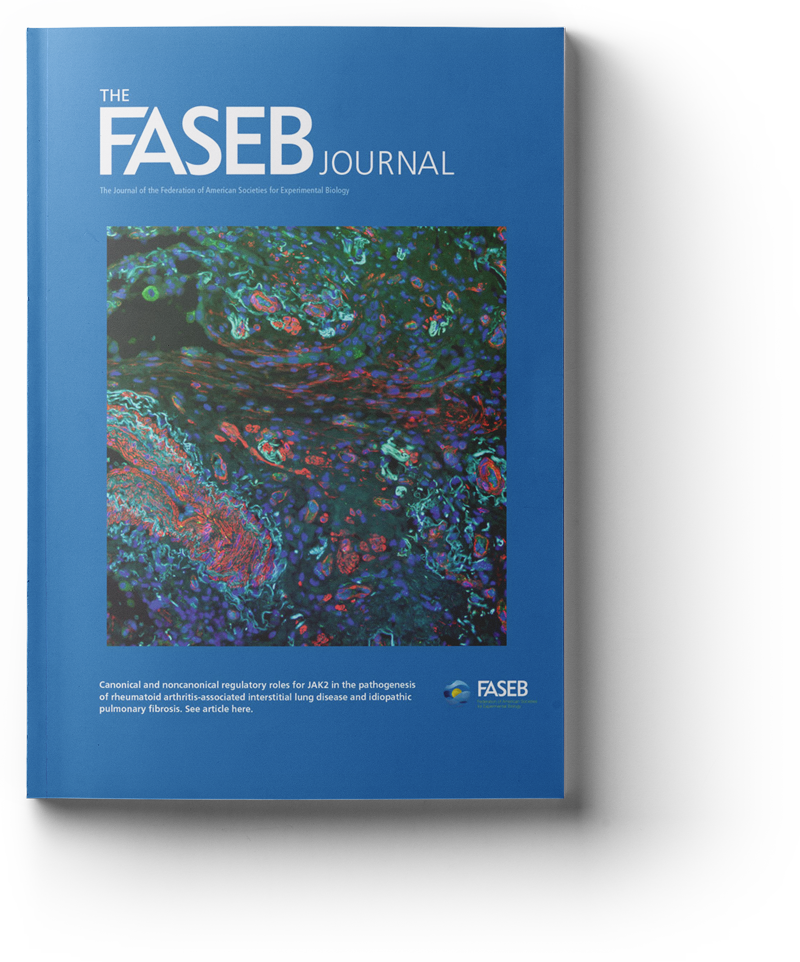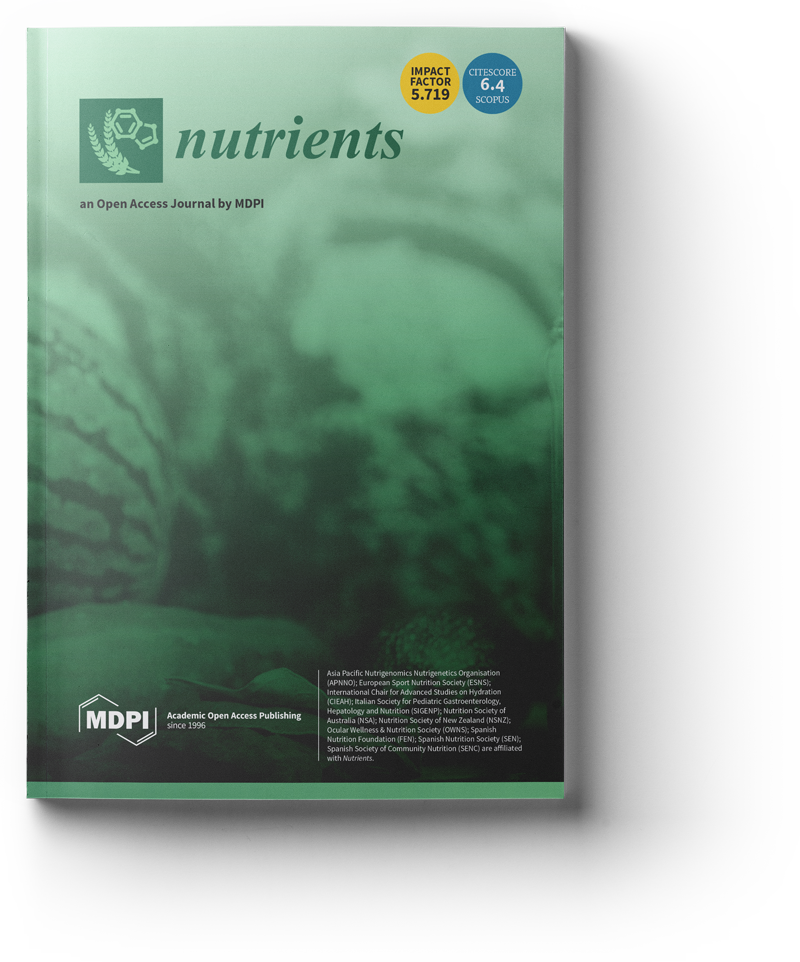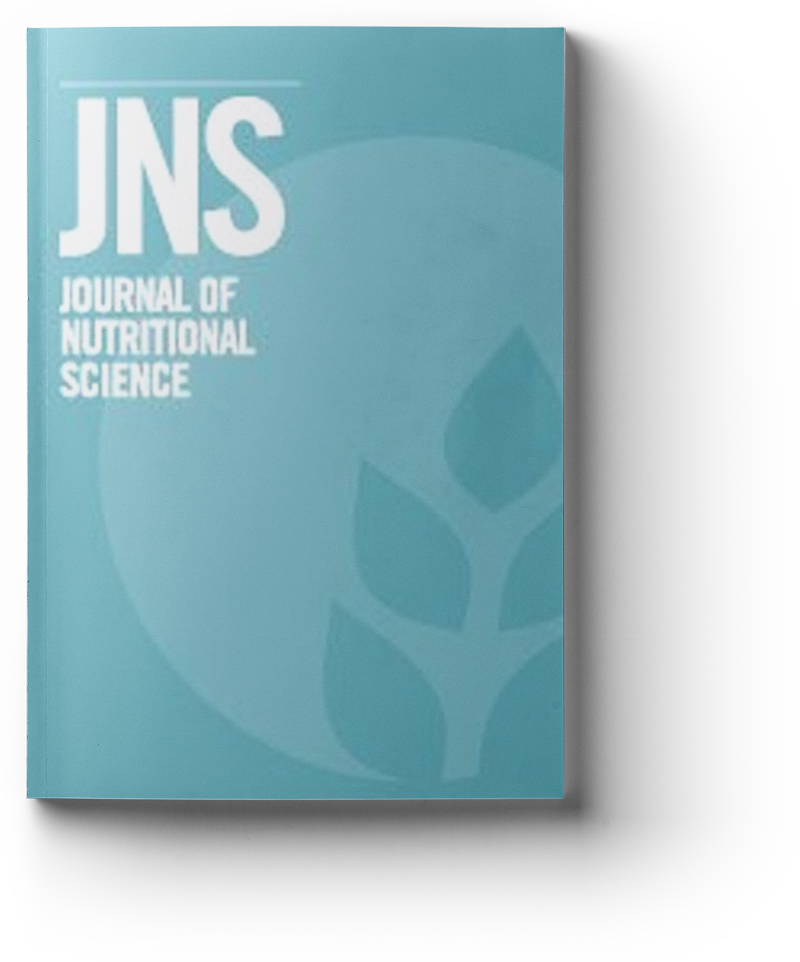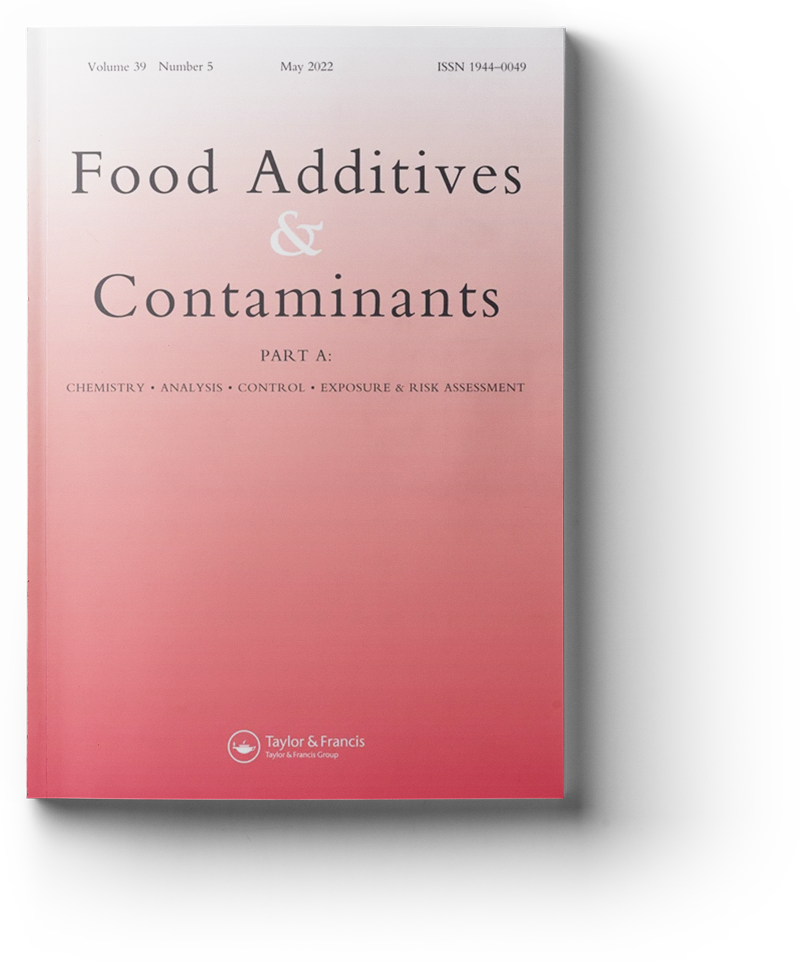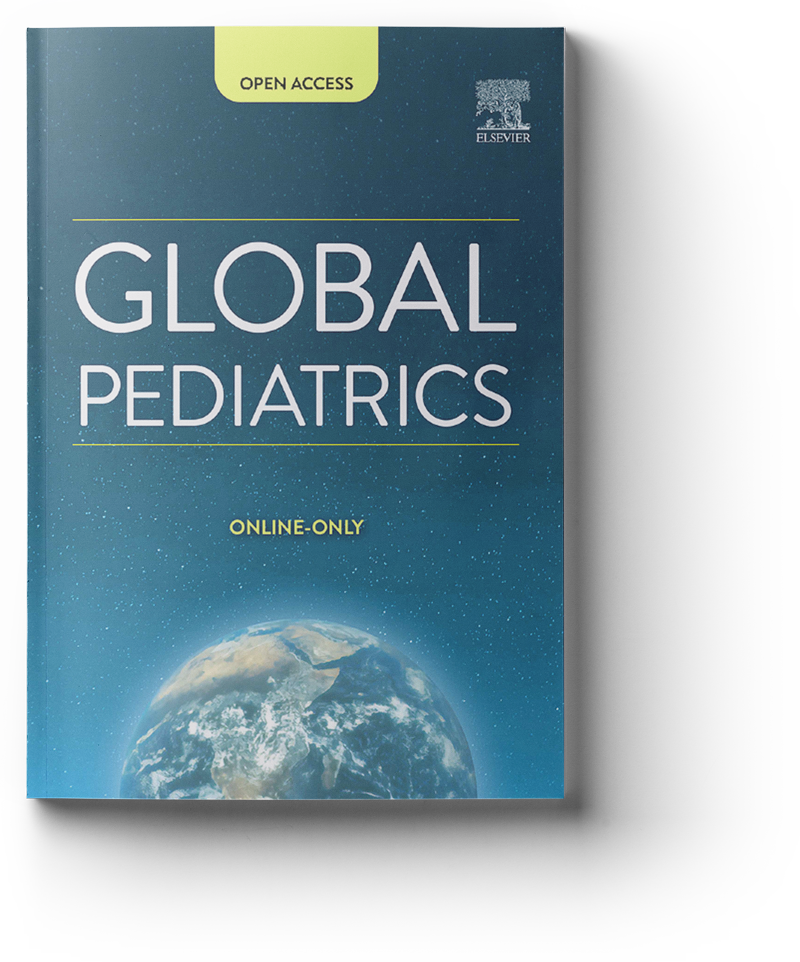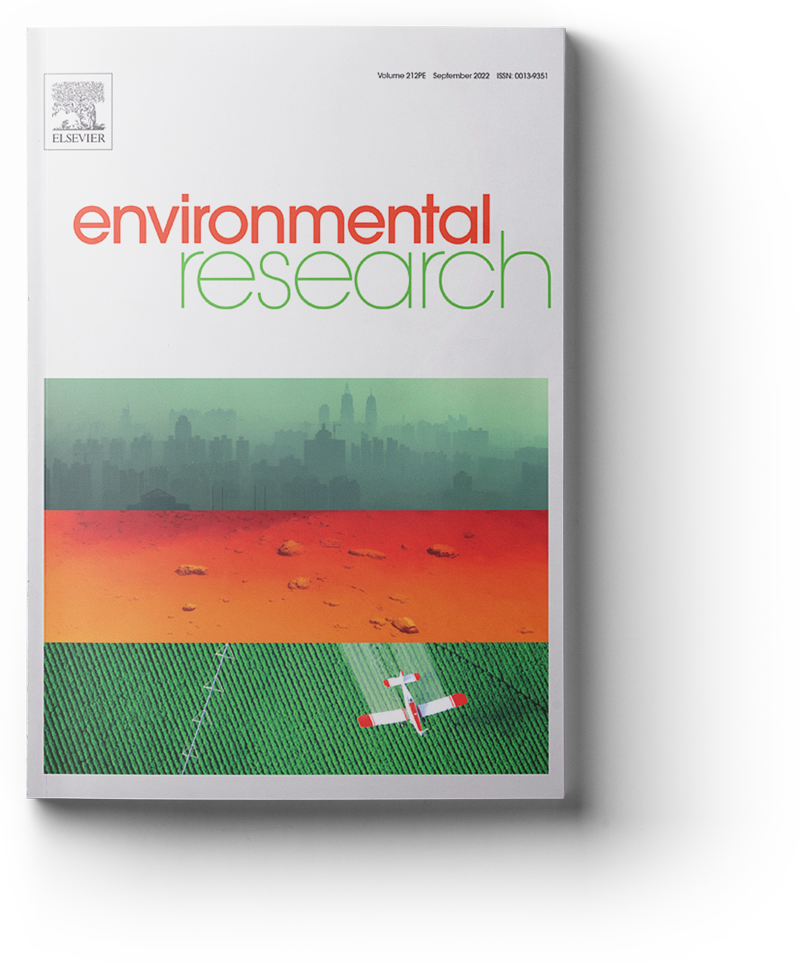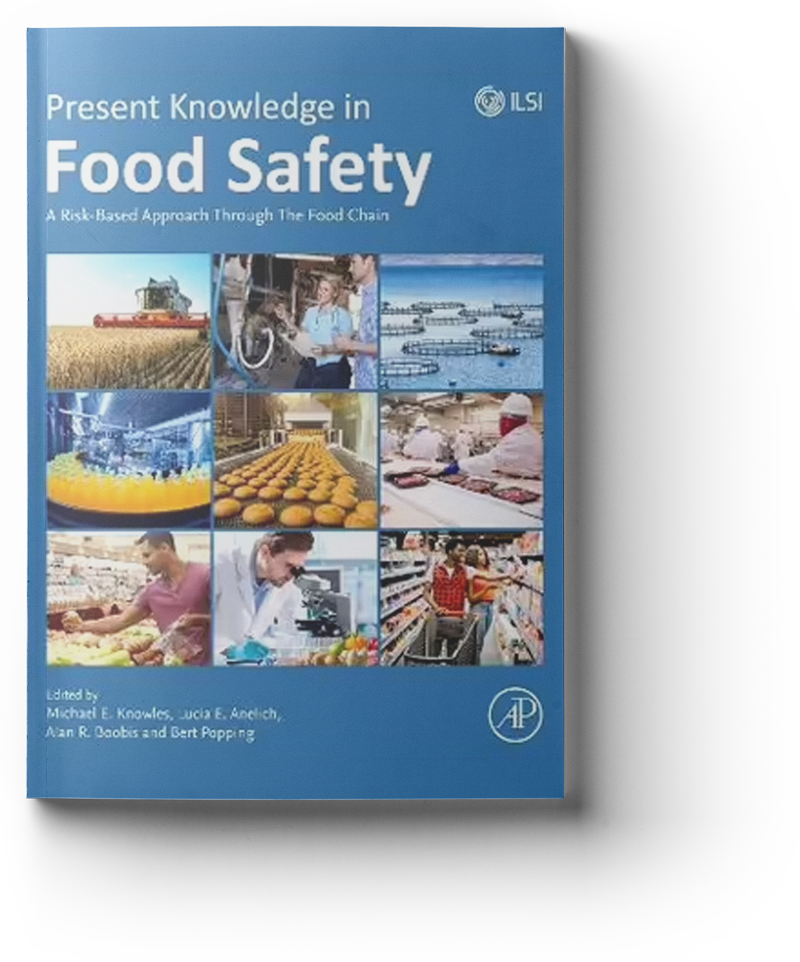The aim of the European Framework project BACCHUS was to develop tools and resources to study the relationships between intakes of bioactive food compounds and cardiovascular health in humans. This part of the BACCHUS study focussed on assessing population bioactive intakes, the impact of foods and products high in…
Authors: Pigat Sandrine, Foteini Bompola, Maeve Cushen, Jenny Plumb, and Paul Finglas
Publication date: 01/04/2017
